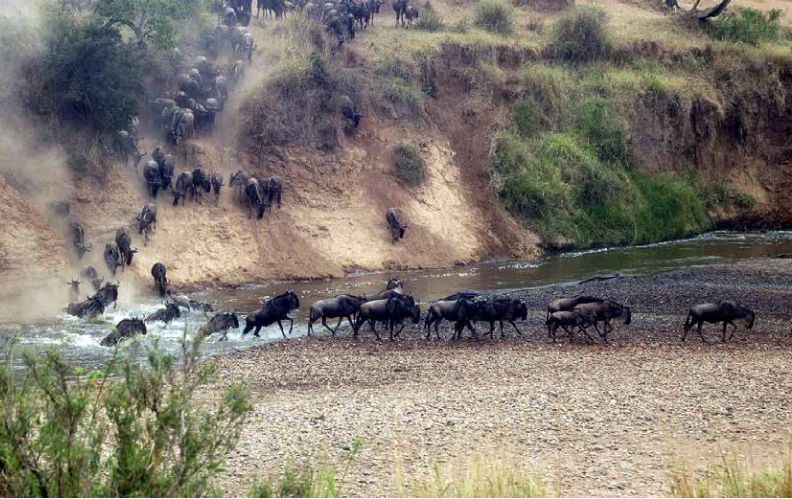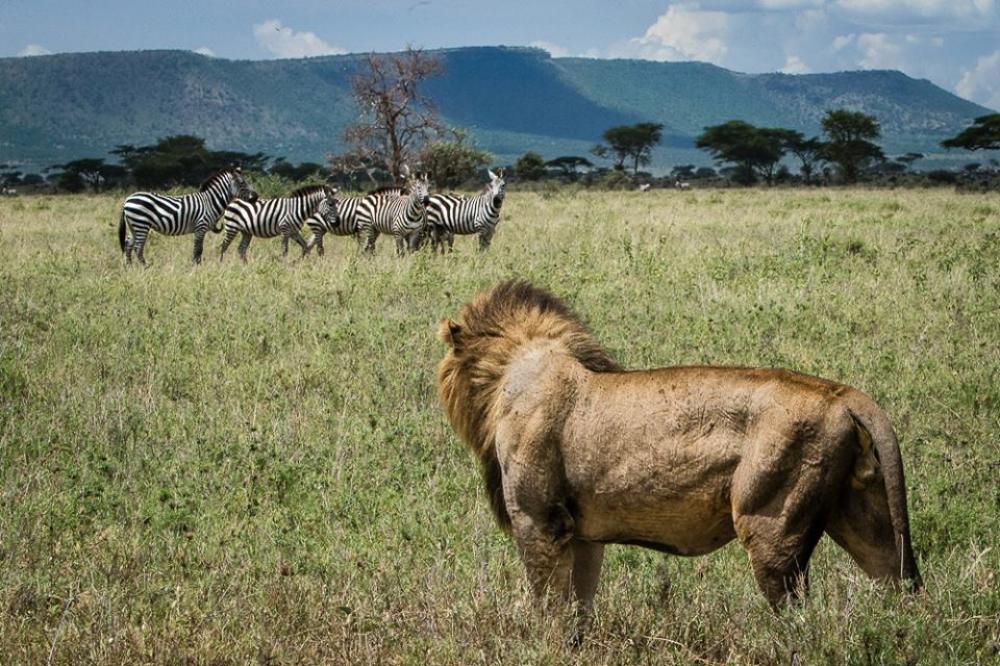The post-independence government inherited four national parks and six game reserves, gazetted through a parliamentary process. In addition, there are quite a number of game reserves that are under the management of local authorities. There also a host of privately or/and communally owned wildlife conservancies. Subsequently the numbers of these parks and reserves have greatly increased.
Of the 12% of its land designated as protected areas including forests, , 50% are found in arid and semi-arid lands. The current trend shows a sharp decline in animal species diversity and population abundance in these ecosystems. Realizing that these protected areas were incapable of adequately meeting biodiversity conservation goals and providing support to livelihoods, the idea of establishing private sanctuaries and community conservancies has gained momentum over the last few decades. These form the lifeblood of the current protected areas system, with more than 70% of all large wildlife living permanently or seasonally outside of protected areas managed by government agencies.
Transboundary protected and conserved areas
Kenya includes part of five transboundary conservation areas, namely Amboseli-Kilimanjaro-Longido, Mt Elgon, Serengeti-Mara, Tana-Kipini-Laga Badana Bushbush Land and Seascape, and Tanga Marine Reserves System and Tanga Coelacanth Marine Park and Diani Chale and Kisitee-Mpunguti.
Policy context
A comprehensive report on legislation and policy related to protected area management, governance, and equity was undertaken by the BIOPAMA programme. It identified 41 relevant laws and policies in Kenya (Tessema, 2019).
Key species
Kenya is endowed with diverse ecosystems and habitats that are home to unique and diverse flora and fauna. Over 7,000 plant species have been recorded in Kenya with over 1,000 of those endemic or near-endemic. 356 plant species have been assessed through the IUCN Red List process as threatened, a third of which are endemic to Kenya. It is estimated that over 5,000 species of fungus occur in the country although only 2,000 have been documented.
Kenya’s 1,100 bird species include eight endemics. Over 200 reptiles (5 marine turtle, 5 tortoise, 100 snake, 100 lizard, 1 crocodile, and 5 terrapin species) and 110 amphibian species occur throughout the country except at the top of high mountains such as Mt. Kenya. Kenya is also home to 315 mammal species, including a number of endemics and near-endemics, including the Grevy’s zebra (Equus grevyi) and the hirola (Beatragus hunteri). Declines in many mammal species, apart from the African elephant (Loxodonta africana), have been attributed to land use change, drought, poaching, disease and competition for resources.
Kenya’s freshwater and marine ecosystems contain both biologically diverse and commercially important fish populations. Over 60 of these species are threatened according to the IUCN Red List. Over 35,000 invertebrate taxa have been recorded and described, with many thousands more remaining to be described.
Pressures and threats
The overriding threat facing biodiversity in Kenya is habitat degradation, fragmentation and loss, such as land use changes, physical modification of rivers or excessive withdrawal from rivers, loss of coral reefs, and damage to sea floors due to trawling. The main drivers are human population growth, exerting pressure on biodiversity habitats and land resources; poverty leading to unsustainable use of land resources and biodiversity and limited financial resources to support biodiversity conservation.
Other critical threats include climate change, invasive alien species, over exploitation, and pollution. Certain taxa, such as amphibians and reptiles, are particularly impacted by over-exploitation for local and international trade. The illegal international trade in ivory and rhino horn has also been a threat to populations of elephant and rhino in the country, while the lesser known African sandalwood (Osyris lanceolata) is also seriously threatened by illegal over-exploitation. The illegal bush-meat trade has seriously impacted many antelope species.

 Protected Areas
Protected Areas





